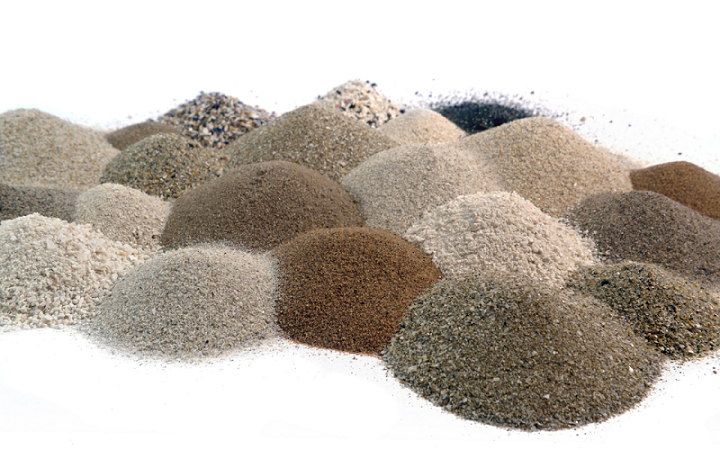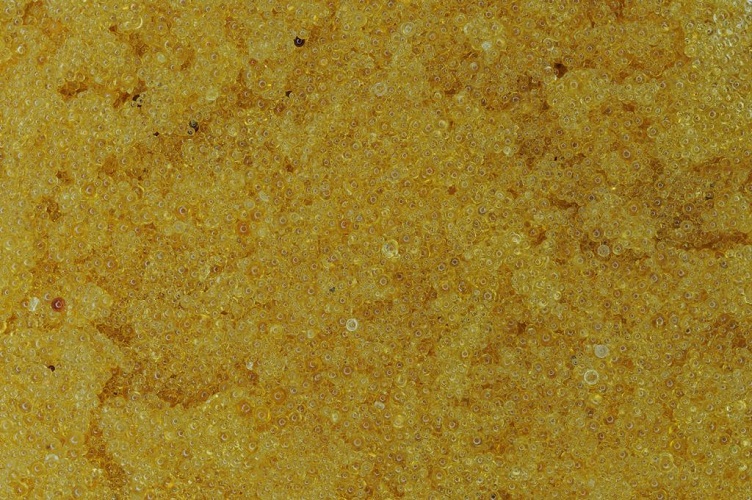Filtration Media

Silica Sand
The chemical compound silicon dioxide is also known as silica sand. Filter silica sand consists of hard, durable, and dense grains of predominantly siliceous material that will resist degradation during handling and use. Silica sand is very effective in removing sediment and cloudiness from water. Silica sand is used frequently in:
• Water filtration systems
• Water treatment plants
• Chemical filtration.
The filter “media” starts with fine sand on the top and then graduating coarser sand in several layers followed by gravel on the bottom, in gradually larger sizes. The top sand physically removes particles from the water. The job of the subsequent layers is to support the finer layer above and provide efficient drainage.
Quartz Sand
The quartz sand is mainly used in removing in the water the suspension. This equipment, with other water-treating equipment coordination, widely applies in gives the water purification, the circulation water purification sewage treatment and so on each kind of water treatment project. Quartz sand can effectively remove suspended grain and mechanical impurity in raw water to make water turbidity meet customer's demand


Granular Activated Carbon
Granular activated carbon, larger than powdered activated carbon, has a smaller external surface. Its fast diffusion rate makes it ideal for gas and vapor adsorption. Used in water treatment, deodorization, and separation of flow system components. In drinking water treatment, activated carbon acts as an adsorbent, effectively removing particles and organics. Common in-home water treatment systems, it reduces bad tastes, odors, chlorine, and organic contaminants. Often used as pre-treatment in reverse osmosis systems to improve drinking water quality.
Garnet Sand
Garnet sand serves as a support layer in multi-media filtration systems, derived from a naturally occurring gem mineral with uniform characteristics ideal for water and industrial filtration. Its applications range from small single-media filters to advanced commercial systems, aiding in the removal of suspended particles. The layers above the garnet sand, lighter in weight, lift during backwash, facilitating the cleaning process. While not a substitute for silica sand, one or two support layers of garnet sand beneath silica sand prove durable and heavy, lasting longer and saving time and money in filtering systems


Anthracite
A filter used in water treatment for various applications, boasts a high carbon content and large surface area, exceeding industry standards. Selected from deep well minerals, it enhances granular cleaning and promotes higher flow rates and longer filter runs with reduced backwash rates. Its low uniformity coefficient extends filter life, ensuring consistent improvements in turbidity removal. Produced from top-quality anthracite, it guarantees durability and optimal performance.
Vitro Clean USA Sand
Introducing Vitro Clean USA Sand, a recycled crushed glass filter media designed for sand filters, offering superior water clarity compared to standard sand filtration. By using Vitro, you can reduce chlorine and sanitizer consumption while achieving exceptional water quality benefits in your filtration system. Improved water clarity, purity & quality.
• Removes finer particles from your pool water than sand
• Lowers consumption of chlorine & other sanitizers
• Reduces backwashes
.
• Use 20% less than sand.
• Filters down to 5-10 microns


Arsenic Removal Media
Arsenic Removal Media utilizes iron oxide-based nanoparticle resin to effectively eliminate arsenic (arsenate and arsenide) from water. This unique media combines hydrous iron oxide nanoparticles with a durable polymer substrate, offering high arsenic affinity and longevity. It can be seamlessly integrated into residential and commercial water filtration systems, following standard engineering practices like traditional ion exchange resins.
Ion Exchange (Anion & Cation) Resin Gravels
Ion exchange is a widely used process in medical and pharmaceutical sectors to regulate water purity and pH by removing unwanted ions and replacing them with suitable ones. This process involves exchanging ions between a solid resin and an aqueous solution, often in water treatment or wastewater processes. Depending on the ions released by the resin, ion exchange can purify water or adjust ion concentrations. Ion exchange systems are known as demineralizers and consist of cation resins (exchanging positive ions) and anion resins (exchanging negative ions). These resin types, both polymers, play a crucial role in water treatment by facilitating ion exchange to achieve desired water quality standards.
